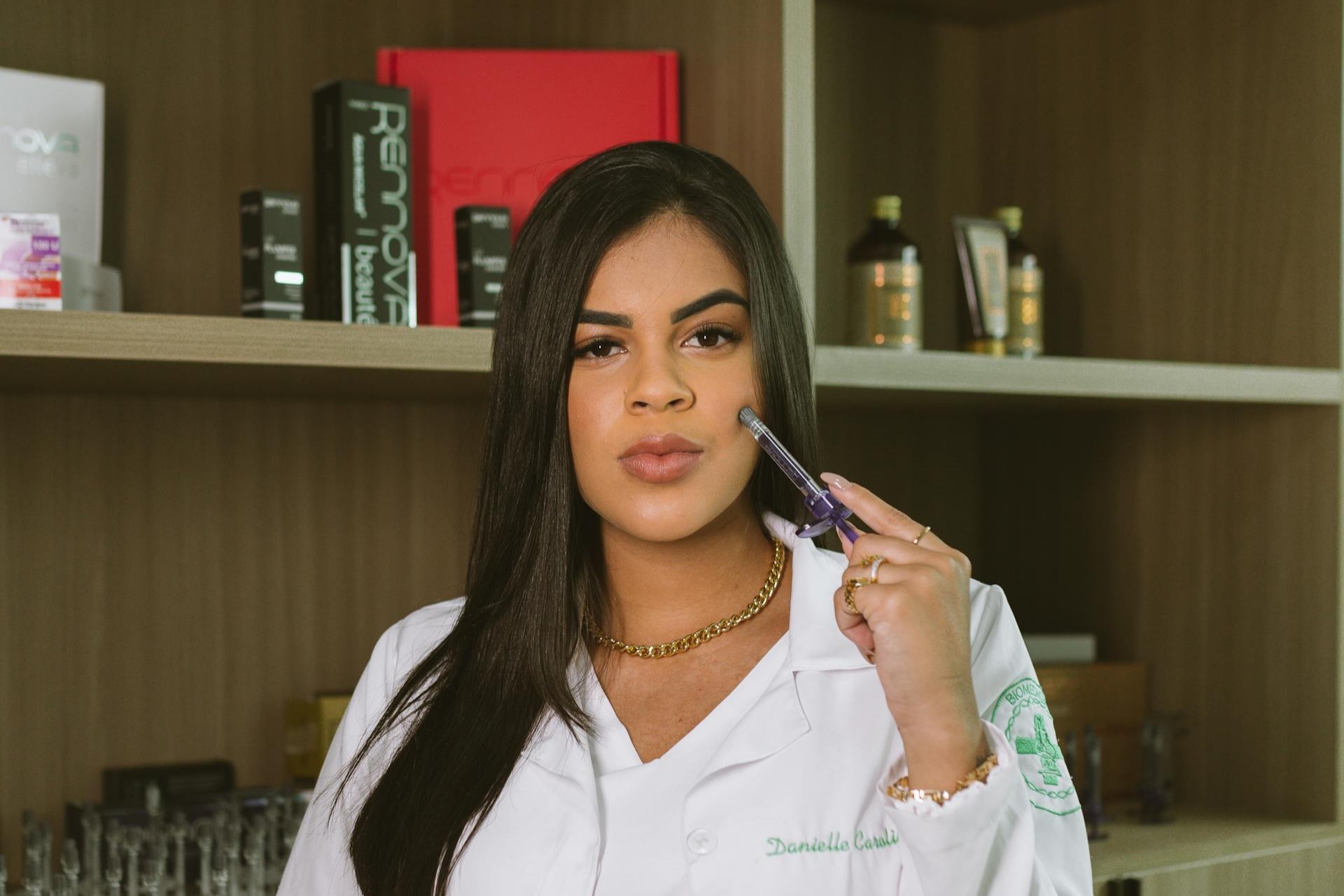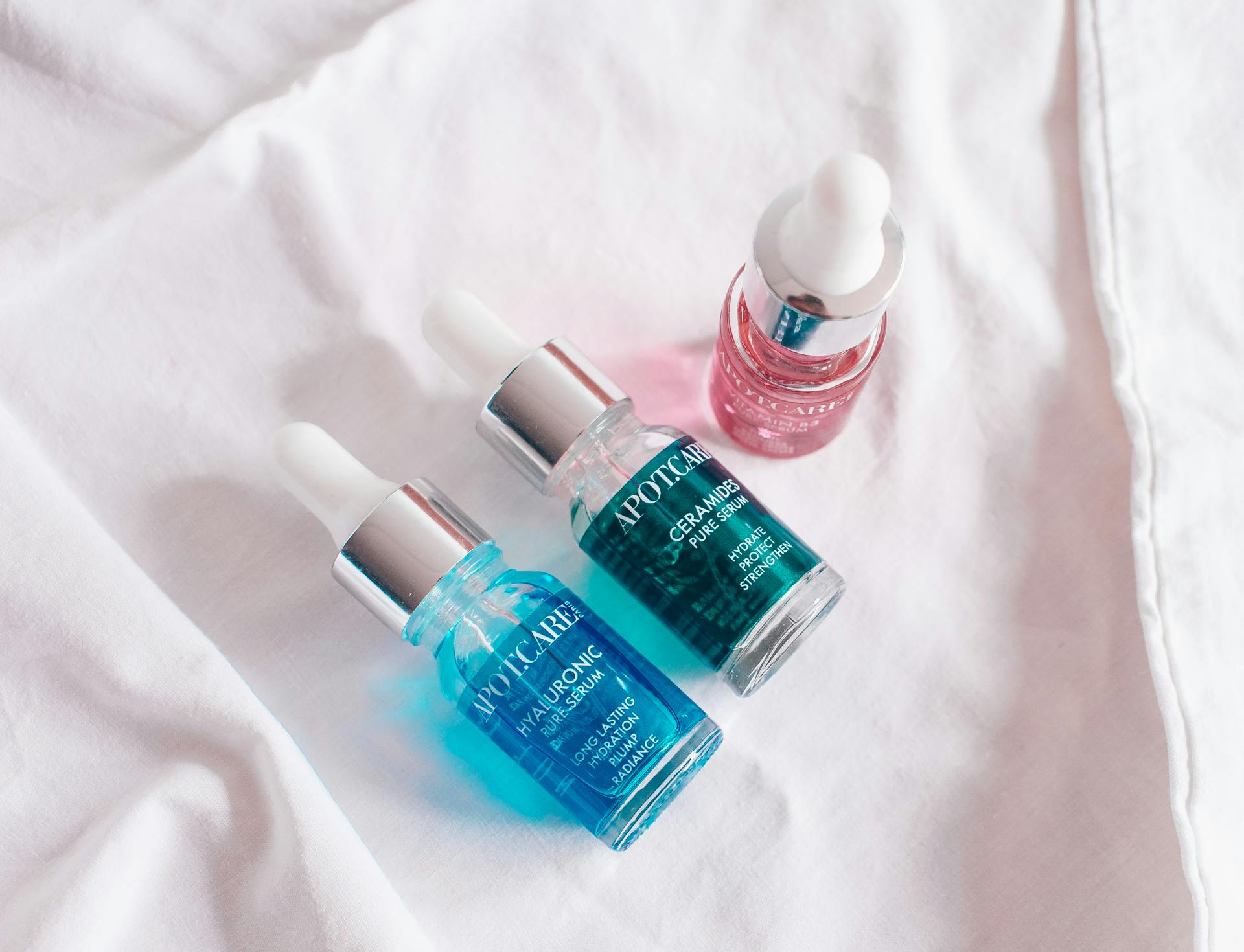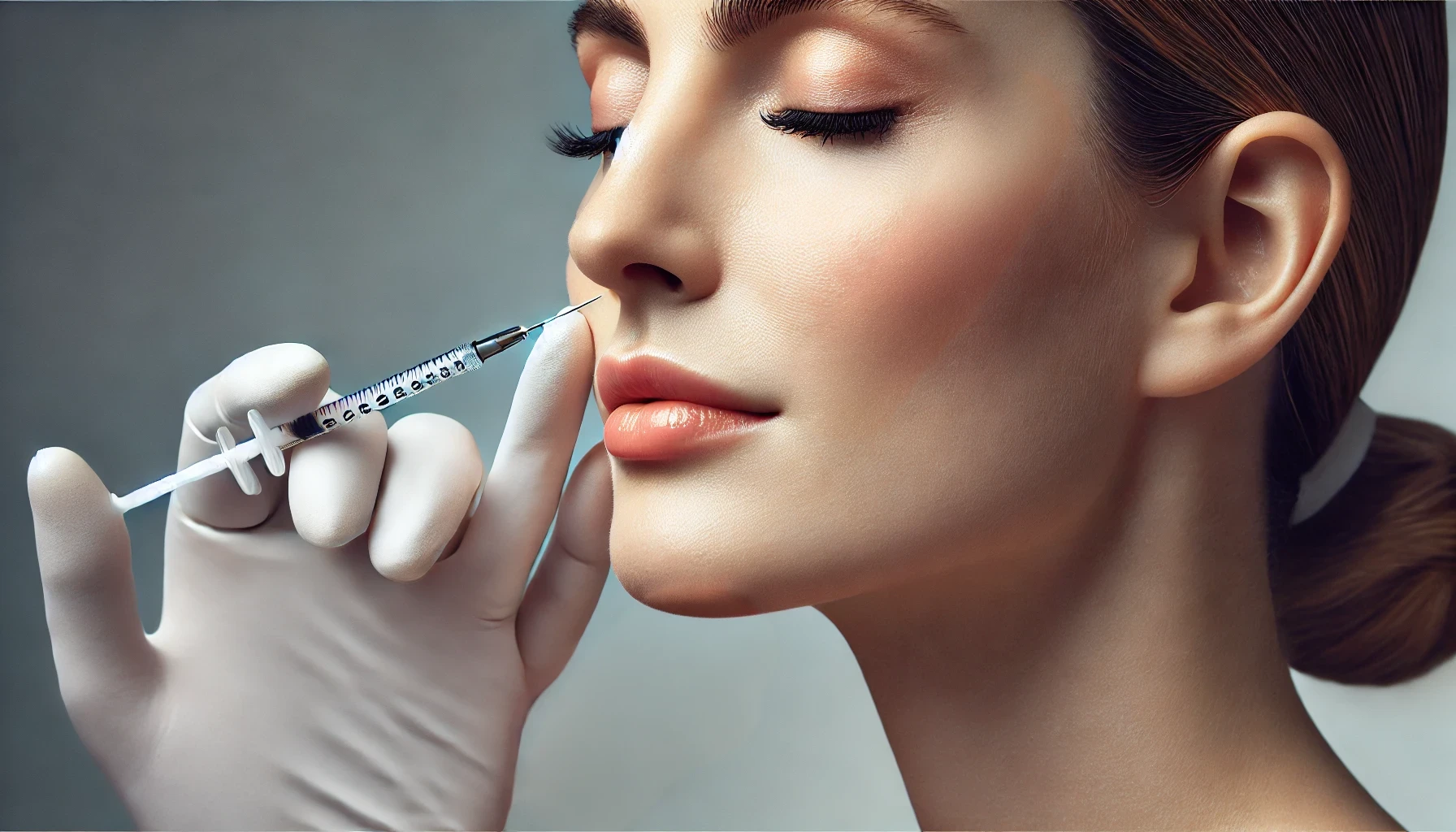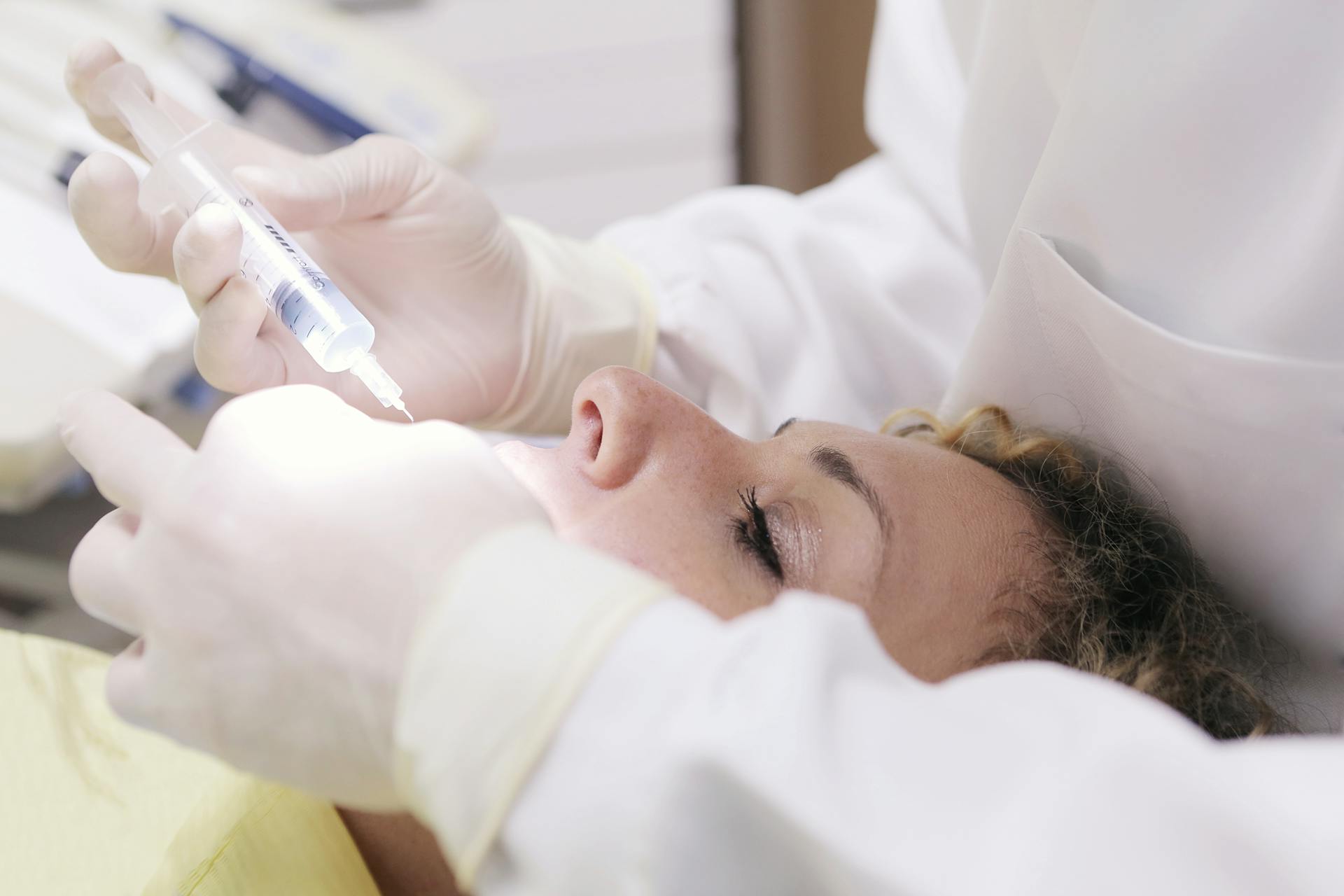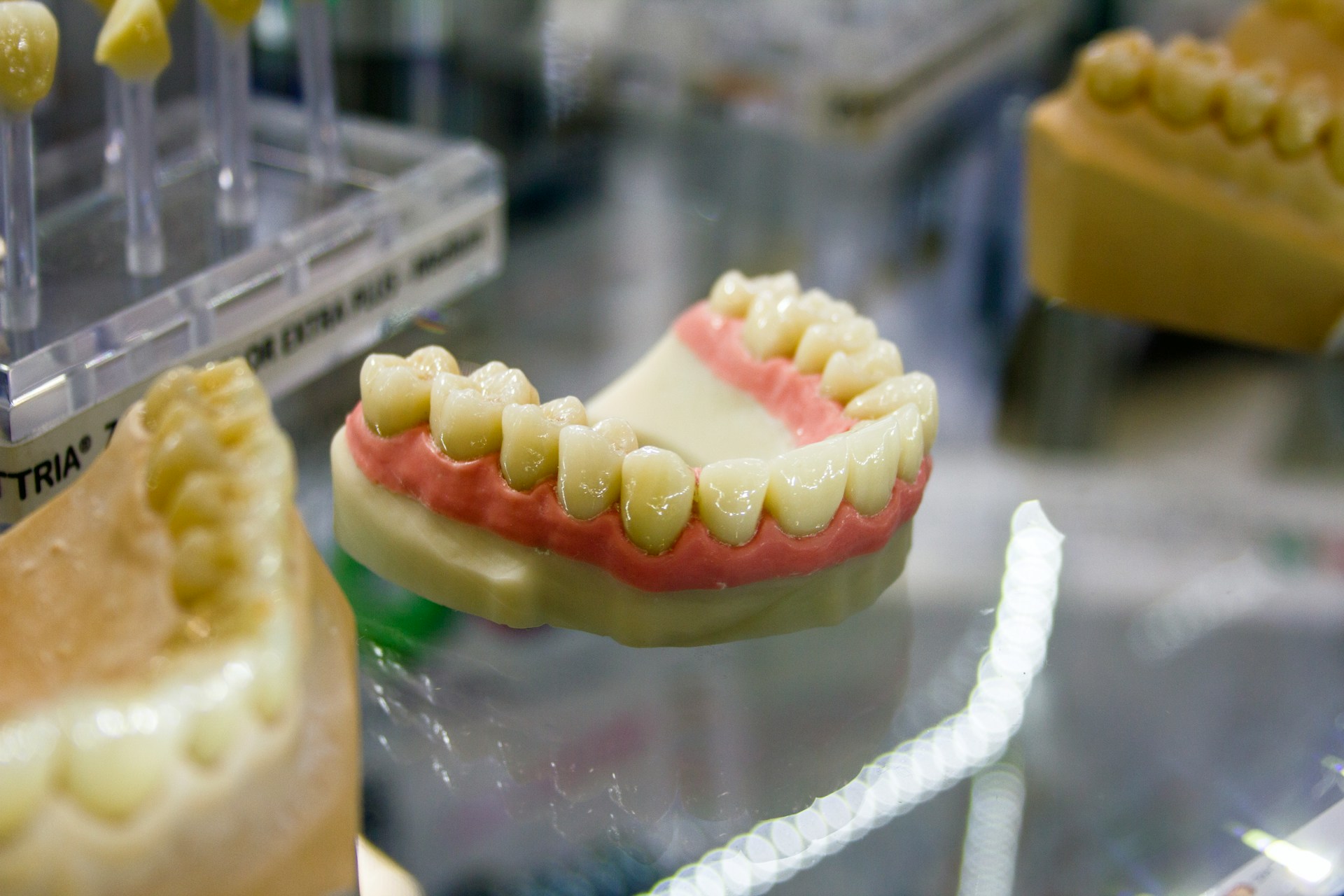Cheek fillers are gaining significant popularity among individuals looking to enhance their facial contours and achieve a more youthful appearance. This article delves into everything you need to know about cheek fillers, including the ingredients used, how they function, and important safety considerations along with potential risks.
It will cover the various types of dermal fillers available in the UK, their associated costs, and what one can expect during the recovery process. Additionally, the article will explore alternative options and natural methods for adding volume to your cheeks.
Whether you are contemplating this treatment or simply curious about it, continue reading to uncover the essential insights you need.
What Are Cheek Fillers?

Cheek fillers, often referred to as dermal fillers, have become a popular choice for those seeking non-surgical cosmetic enhancements. These treatments are designed to improve facial aesthetics by adding volume and contour to the cheeks.
The procedure involves the injection of volumising agents, such as hyaluronic acid, which effectively addresses age-related volume loss and enhances skin elasticity, resulting in a more youthful appearance.
Cheek fillers can help define cheekbones, promote facial symmetry, and rejuvenate the overall facial contour, making them a preferred option for many individuals who wish to enhance their beauty without resorting to invasive surgery.
What Are the Ingredients of Cheek Fillers?
The primary ingredient found in most cheek fillers is hyaluronic acid, which is a naturally occurring substance in the body that aids in moisture retention and adds volume to the skin. Various popular dermal filler brands use different formulations of this component, often combined with other ingredients that enhance the effectiveness and longevity of the injectable fillers.
For example, some brands mix hyaluronic acid with lidocaine, a local anaesthetic designed to minimise discomfort during the procedure. Others may incorporate botanical extracts recognised for their skin-soothing properties.
Each brand presents a unique formulation, leading to variations in texture, durability, and how well the filler integrates with the surrounding tissue. This diversity enables practitioners to customise treatments according to individual preferences and facial structures, ultimately ensuring optimal results that align with each client’s aesthetic goals.
Being aware of these nuances can give the power to individuals to make informed decisions when considering options for cheek enhancement.
How Do Cheek Fillers Work?
Cheek fillers enhance facial contouring by injecting volumising agents, such as hyaluronic acid, into specific areas of the face. This approach not only restores lost volume but also helps create a youthful and balanced appearance. When these fillers are placed strategically, they can lift and define the cheeks effectively.
The process begins with a thorough assessment of the individual’s facial structure to identify the optimal injection points, which typically include the mid-cheek area and the hollows beneath the eyes. Techniques like the micro-cannula method are often preferred, as they minimise discomfort and reduce the risk of bruising, resulting in a smooth and natural look after the procedure.
As the fillers work together with the surrounding tissue, they not only enhance volume but also stimulate collagen production, which further improves the overall structure of the face. Ultimately, this leads to a rejuvenated profile, with more pronounced cheekbones and a harmonious balance that enhances overall aesthetic appeal.
What to Know Before Getting Cheek Fillers in the UK?
Before considering cheek fillers in the UK, it is essential to understand the consultation process and select a qualified practitioner. This professional should be able to address any safety concerns you may have and provide comprehensive patient education.
Taking this proactive approach will give the power to you to make informed decisions and establish realistic expectations for your cosmetic treatment experience.
Are Cheek Fillers Safe?
Cheek fillers are typically regarded as safe when administered by licensed professionals who adhere to regulatory guidelines and utilise products approved by the FDA. However, it is essential for potential patients to be aware of the inherent safety concerns associated with any cosmetic procedure.
The importance of selecting qualified practitioners cannot be emphasised enough, as their expertise significantly minimises the risk of complications. Well-trained professionals ensure that procedures are carried out in sterile environments and follow the safest practices.
Additionally, the role of FDA approval is vital, as it ensures that the products used meet rigorous safety standards. Studies have shown that complications are considerably lower when practitioners are certified and utilise fillers approved by the FDA.
Patients should always ask about their provider’s qualifications and confirm the products being administered, as this can greatly influence their overall experience and satisfaction.
What Are the Risks and Side Effects of Cheek Fillers?
Cheek fillers can offer significant aesthetic enhancements, but it is important to note that they come with potential risks and side effects, including bruising, swelling, and, in rare instances, allergic reactions. Understanding these possible complications is essential for anyone considering this cosmetic treatment.
Individuals should be fully aware of the range of potential adverse effects, which may also encompass infection, asymmetry, or migration of the filler material. These issues can detract from the desired outcome of the procedure.
Aftercare is crucial in reducing these risks; following proper aftercare practices—such as avoiding strenuous activities and sun exposure for a few days after the procedure—can help minimise the likelihood of complications.
Patients are encouraged to have thorough discussions with their practitioners to ensure they are informed about all safety protocols involved. This knowledge will give the power to them to make well-informed decisions regarding their aesthetic goals.
How to Choose a Qualified and Experienced Practitioner?
Choosing a qualified and experienced practitioner for cheek fillers is essential for achieving optimal results and ensuring patient safety. It is advisable to look for professionals who possess relevant credentials, have positive patient reviews, and demonstrate a thorough understanding of your health history. This diligence will contribute to a smooth treatment experience.
During consultations, it is important to assess your level of comfort, as establishing a good rapport with your practitioner can greatly enhance the overall experience. Investing time in researching various candidates is crucial; consider their qualifications, years of experience in aesthetic procedures, and feedback from previous clients.
Do not hesitate to ask questions regarding the techniques they employ and their approach to safety. Making a well-informed decision will not only boost your confidence in the procedure but also lead to more satisfactory outcomes.
What Are the Different Types of Cheek Fillers Available in the UK?

In the UK, there is a variety of cheek fillers available, including well-known dermal filler brands that offer distinct formulations and treatment options tailored to individual aesthetic goals. Familiarising yourself with these different types of fillers can assist you in selecting the most suitable product for your needs.
Each brand features its unique formula, often based on hyaluronic acid, which closely resembles the body’s natural substances. For instance, Juvederm is renowned for its smooth consistency, making it particularly effective for achieving a natural-looking lift and fullness.
On the other hand, Restylane provides a diverse range of products that enhance volume and contour while offering longevity through its innovative cross-linking technology.
Another noteworthy option is Sculptra, which promotes collagen production over time, leading to gradual and natural improvements. By exploring these various injectable fillers, you can discover a solution that perfectly aligns with your desired appearance and enhances your overall facial harmony.
What Is the Cost of Cheek Fillers in the UK?
The cost of dermal fillers in the UK can vary significantly based on several factors, including the type of filler used, the practitioner’s expertise, and the pricing structure established by dermal filler clinics. It is essential to inquire about consultation fees and ensure transparency in pricing to avoid any unexpected expenses.
Several additional factors can contribute to the final cost, such as the geographical location of the clinic. Typically, clinics in urban areas tend to charge higher rates than those in rural settings.
Promotions and package deals can also influence pricing, potentially allowing for some savings. Patients should consider the amount of filler needed and whether multiple sessions will be required to achieve their desired results, as this can impact overall costs.
Given these considerations, it is crucial to establish a realistic budget. Therefore, during consultations, individuals should feel encouraged to ask about all associated costs to ensure they are comfortable and well-informed about their financial commitment.
What Is the Recovery Process for Cheek Fillers?
The recovery process following cheek fillers generally involves minimal downtime, with most patients experiencing some swelling or bruising that typically resolves within a few days. Following appropriate aftercare advice and attending follow-up appointments are essential to ensure optimal results and the longevity of the treatment effects.
To promote healing, it is advisable to avoid strenuous exercise and direct sunlight for the first 24 to 48 hours. Staying hydrated and applying cold compresses can also help alleviate discomfort during this period.
Patients should remain attentive to their bodies’ responses, paying particular attention to any unusual side effects, such as prolonged swelling, which should be discussed with a healthcare professional.
Follow-up appointments are crucial; they not only allow for the assessment of results but also provide an opportunity to address any concerns regarding the longevity of the results or any adjustments that may enhance the treatment outcome.
With consistent care and open communication, patients can maximise the benefits of their filler treatment.
What Results Can You Expect from Cheek Fillers?
Patients can look forward to notable results from cheek fillers, including enhanced facial balance and proportion, improved definition of the cheekbones, and greater overall satisfaction.
Having a clear understanding of how long these results are expected to last can assist individuals in aligning their cosmetic goals with realistic outcomes.
How Long Do Cheek Fillers Last?
The longevity of cheek fillers can vary depending on the type of filler used, individual metabolism, and lifestyle factors, with most results lasting anywhere from six months to two years. Understanding the duration of these treatments can assist patients in effectively planning for maintenance appointments.
Several key factors significantly contribute to the durability of these cosmetic enhancements. Different types of fillers, such as hyaluronic acid or calcium hydroxylapatite, have distinct properties that influence how long they last.
Individual characteristics, including skin texture, age, and metabolic rate, can greatly affect how long the fillers maintain their desired effects. Additionally, lifestyle choices such as sun exposure, diet, and overall skincare routines play a crucial role.
By recognising these influencing factors, individuals can set more realistic expectations regarding their results and appreciate the necessity of scheduling regular touch-up appointments to maintain the youthful appearance that cheek fillers can provide.
What Are the Maintenance and Touch-up Requirements for Cheek Fillers?
To achieve and maintain the desired appearance following a cheek filler treatment, individuals may need to undergo periodic maintenance treatments and touch-up sessions. This approach ensures the longevity of the results and helps maintain facial balance.
Patients should consider scheduling these touch-up appointments approximately every six to twelve months, as the effects of fillers generally diminish over time. It is important for individuals to regularly assess their facial appearance; if they observe a loss of volume or changes in contour, it is advisable to consult a professional.
Maintaining an open dialogue with the practitioner regarding any concerns will aid in determining whether additional fillers are necessary.
By following a personalised maintenance plan, patients can enjoy a refreshed, youthful appearance while minimising the risk of unevenness or signs of ageing, thereby reinforcing the overall harmony of their facial features.
Are There Any Alternatives to Cheek Fillers?

If one is contemplating enhancing cheek volume but feels uncertain about using cheek fillers, there are various alternative treatment options available.
These range from cosmetic surgery to natural methods for achieving fuller cheeks. Familiarising oneself with these alternatives can aid in making an informed decision that aligns with personal aesthetic preferences.
What Are the Differences Between Cheek Fillers and Cheek Implants?
The primary distinction between cheek fillers and cheek implants lies in the nature of the procedures. Cheek fillers are non-invasive injections that provide temporary volume enhancement, whereas cheek implants are permanent cosmetic surgery options that require a more extensive recovery process.
Individuals considering cheek fillers will likely appreciate the quick and straightforward nature of the treatment, which typically takes about 30 minutes and allows them to return to their daily activities almost immediately. On the other hand, opting for cheek implants involves surgical intervention, making it a more complex procedure with a recovery period that can last several weeks.
While the effects of fillers can last anywhere from six months to a year, the results from implants are designed to be long-lasting, offering a more significant transformation. It is important to note that potential risks and complications vary between both methods, making it essential for patients to consult with qualified professionals.
This consultation can help them determine the best approach based on their individual goals and lifestyle.
What Are the Benefits of Choosing Cheek Fillers over Surgery?
Opting for cheek fillers instead of surgical options presents numerous advantages, including the non-invasive nature of the procedure, minimal downtime, and the ability to achieve immediate results, which often leads to high levels of patient satisfaction.
With cheek fillers, individuals can attain a rejuvenated appearance without the limitations and risks typically associated with traditional surgery. The procedure itself is relatively quick, often completed in under an hour, making it a convenient option that fits easily into busy lifestyles.
Moreover, the cost-effectiveness of fillers is quite remarkable; they generally come at a fraction of the price of surgical alternatives and do not require extensive hospital stays or multiple follow-up visits.
This accessibility, coupled with the expertise of skilled injectors, ensures a positive experience for clients, who leave feeling refreshed and confident, all while sidestepping the lengthy recovery periods and potential complications that can arise from surgery.
What Are Some Natural Ways to Enhance Cheek Volume?
If one is seeking natural ways to enhance cheek volume, it is advisable to integrate a targeted skincare routine, maintain a healthy lifestyle, and employ makeup techniques that highlight facial contours.
These approaches can not only improve the appearance of the cheeks but also contribute to a more vibrant overall complexion. Incorporating nutrient-rich foods, such as avocados, nuts, and leafy greens, can promote skin elasticity and hydration, resulting in a plumper look for the cheeks.
Adopting a consistent skincare regimen that includes moisturizing and using products rich in hyaluronic acid can significantly enhance skin texture.
In terms of makeup, strategically applying highlighters and blush can create the illusion of fuller cheeks while providing a radiant finish.
Additionally, lifestyle factors such as proper hydration, regular exercise, and adequate sleep further enhance facial aesthetics, ensuring a youthful and lively appearance.
Frequently Asked Questions
What are cheek fillers and how do they work?
Cheek fillers are a type of cosmetic treatment that involves injecting a gel-like substance into the cheeks to add volume and enhance the contours of the face. This gel typically contains hyaluronic acid, a natural substance found in the body that helps to hydrate and plump the skin. Cheek fillers work by filling in areas of the cheeks that may have lost volume due to aging or weight loss, resulting in a more youthful and lifted appearance.
How long do cheek fillers last?
The duration of cheek fillers varies for each individual, but on average, they can last anywhere from 9 months to 2 years. Factors such as the type of filler used, the amount injected, and the individual’s metabolism can affect the longevity of cheek fillers. To maintain the results, touch-up treatments may be needed every 6-12 months.
What should I expect during the cheek filler treatment?
Before the treatment, your practitioner will discuss your goals and expectations with you and assess your face to determine the best course of action. During the treatment, a small needle will be used to inject the filler into the targeted areas of the cheeks. The procedure typically takes 15-30 minutes and may involve some discomfort, but topical numbing cream can be applied to minimise any pain.
Are there any risks or side effects associated with cheek fillers?
As with any medical treatment, there are potential risks and side effects associated with cheek fillers. These may include bruising, swelling, redness, and tenderness at the injection site. In rare cases, more serious complications such as infection or allergic reactions may occur. It is important to choose a qualified and experienced practitioner and to follow all aftercare instructions to minimise the chances of any adverse effects.
How should I prepare for my cheek filler treatment?
Before your cheek filler treatment, it is important to avoid taking any blood-thinning medications or supplements, as these can increase your risk of bruising. It is also recommended to avoid alcohol and smoking for a few days before and after the treatment. Be sure to discuss any medical conditions or allergies with your practitioner before the treatment to ensure your safety and satisfaction.
What should I know about the cost of cheek fillers in the UK?
The cost of cheek fillers in the UK can vary depending on the type and amount of filler used, the expertise of the practitioner, and the geographical location. On average, a single syringe of cheek filler can cost anywhere from £300 to £600. It is important to research and compare prices from different clinics and to never compromise on quality for a lower price.
